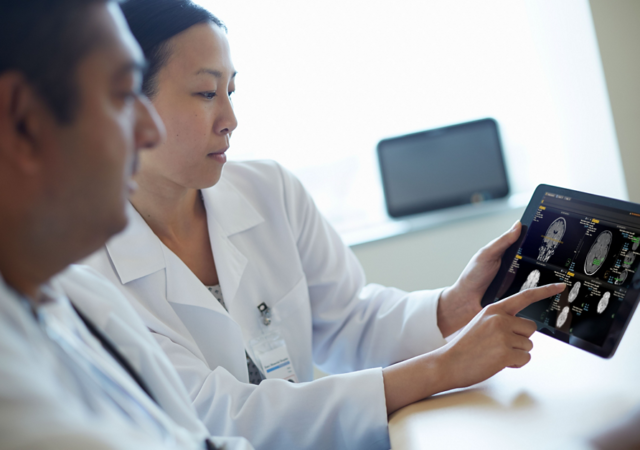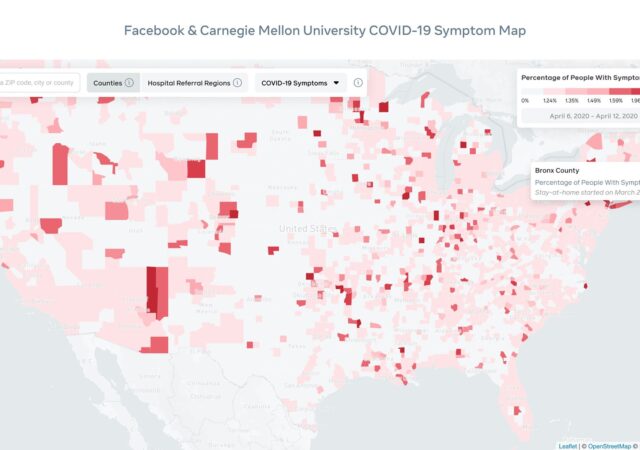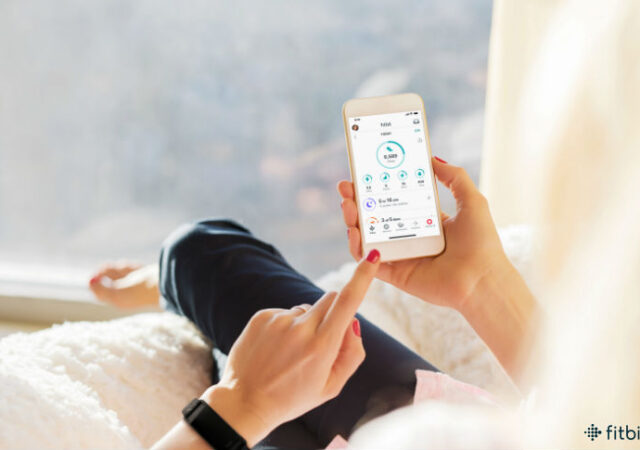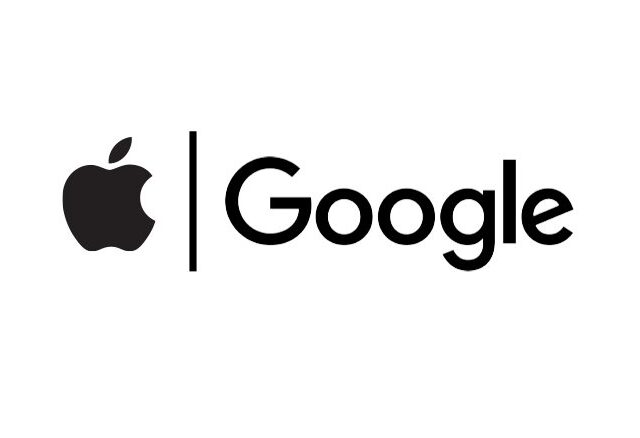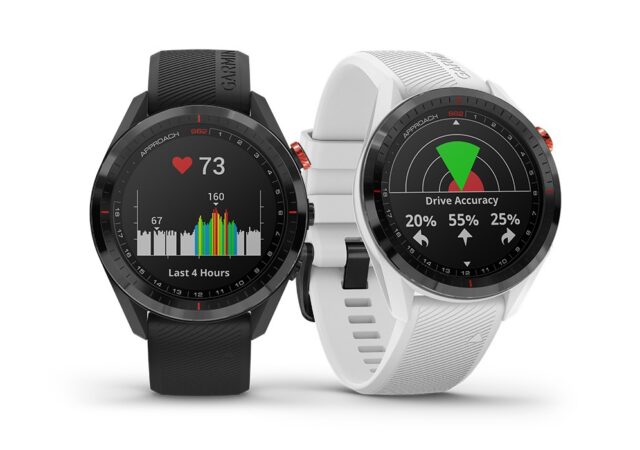Medical technologies are evolving to include many of the technological innovations that we’ve seen in everyday tech. How is AI affecting technology?
[COVID-19] Australia is Next in Launching COVID-19 Contact Tracing App
Australia is the next region to launh their own COVID-19 contact tracing app. The app is based on Singapore’s TraceTogether app. There are some security and privacy concerns that comes with the app though.
Is Privacy Our Sole Concern With Contact Tracing Technology?
This week the Guardian reported an alleged ‘standoff’ between the NHSX (the digital innovation arm of the NHS) and tech giants Google and Apple regarding the deployment of contact tracing technology aimed at curbing the spread of the Covid-19 virus.…
Fitbit Introduces COVID-19 Resource Hub
Fitbit has always been known for their wearables and health-centric devices. The company is arguably one of the first to pioneer health-centric gadgets such as fitness trackers. Just recently, Fitbit announced the availability of the new Charge 4 which brings…
Apple & Google Help Battle COVID-19 with Contact Tracing Technology
Apple and Google are joining forces to aid in the battle against the COVID-19 pandemic. The companies are announcing a cross platform API to help with Contact Tracing.
Fitbit Unleashes the Charge 4, Now with GPS, Active Zone Minutes and More
Fitbit has become a brand synonymous with health and fitness. While the company has recently been acquired by Google, it doesn’t seem to have slowed them down. In fact, Fitbit has just announced a new entry to their Charge line…
Garmin Goes Golfing with the Approach S62 Smartwatch
Garmin’s new premium Approach S62 smartwatch packs even more functions than the Approach S60. It even tracks your golf swings now. Available now for MYR 2,399.
Sprinting to Bring Tech to Emergency Hospitals in Wuhan, China
Lenovo became one of the first responders in time of desperation and need in China at the height of the COVID-19 outbreak. They deployed their teams and donated IT infrastructure to the emergency Huoshenshan hospital in Wuhan that was built in 10 days.
Project Pitlane – F1 Tech in Battling COVID-19
Mercedes-AMG F1 team has partnered with UCLH to start production of CPAP breathing aids for hospitals across United Kingdom. They managed to reverse engineer the breathing aid apparatus from conception to production within 100 hours.



